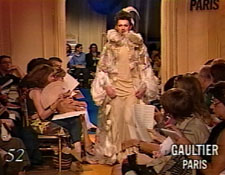
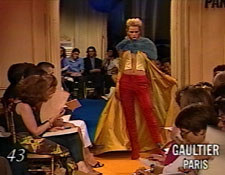
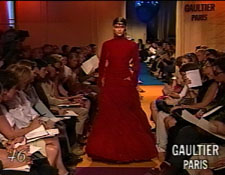
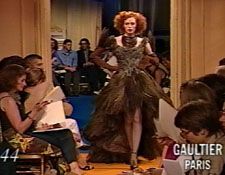
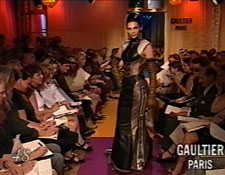
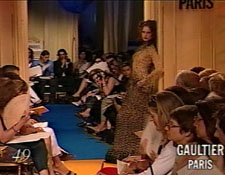
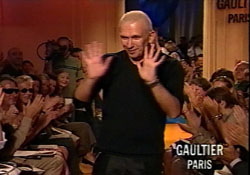
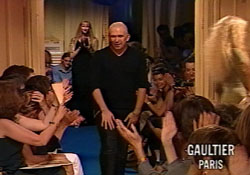
 |
 |
 |
 |
 |
 |
 |
The word "Couture" gets thrown around casually enough to appear on Joe Blow's clothing labels during haute sales season, mainly because Joe just doesn't have a clue. There is much more behind the making of genuine couture than just deciding to add the word to your collection. Adding truth to everybody's fashionable data bases, here is the real meaning behind it all, so you will know what Joe doesn't.
It all began in 1858 when Charles Frederic Worth created the first couture house at 7, Rue de la Paix in Paris. The purpose of Haute Couture was to provide a laboratory where a designer's creativity could be expressed freely enough to develop original models every year that would subsequently be made to measure for their clients. The terms Haute Couture and Couture Creation are protected by law and cannot be used by anyone whose company does not fulfill certain criteria established by a commission at the Ministry of Industry. As these rules go all the way back to 1945, the strict laws were revised in 1992, to allow new young talents to give "Haute Couture" a shot over a trial period of two years. If you partake in the following activities, you really are a couture house after all: For houses existing prior to the new guidelines, the criteria requires maintainance of employment of at least 20 people in the workshop
and a presentation of a minimum of 50 designs spanning day through evening wear as collections to the press with Spring/Summer shows in January and Autumn/Winter shows in July, followed by a presentation of the collection to potential clients within respective couture houses.
When the revised regulations came to be, the new couture house contenders had a much easier time than their forefathers during their two year trial basis, however they must still employ a minimum of 10 people in their workshops and present at least 25 designs per collection. There is also a regulatory halfway mark for existing fashion houses that would like to expand to couture activities who must employ at least 15 people in the workshop and present at least 35 designs per collection.
Today the official Haute Couture is composed of the following 16 fashion houses:
|








 |
 |
 |
 |
 |
 |
 |